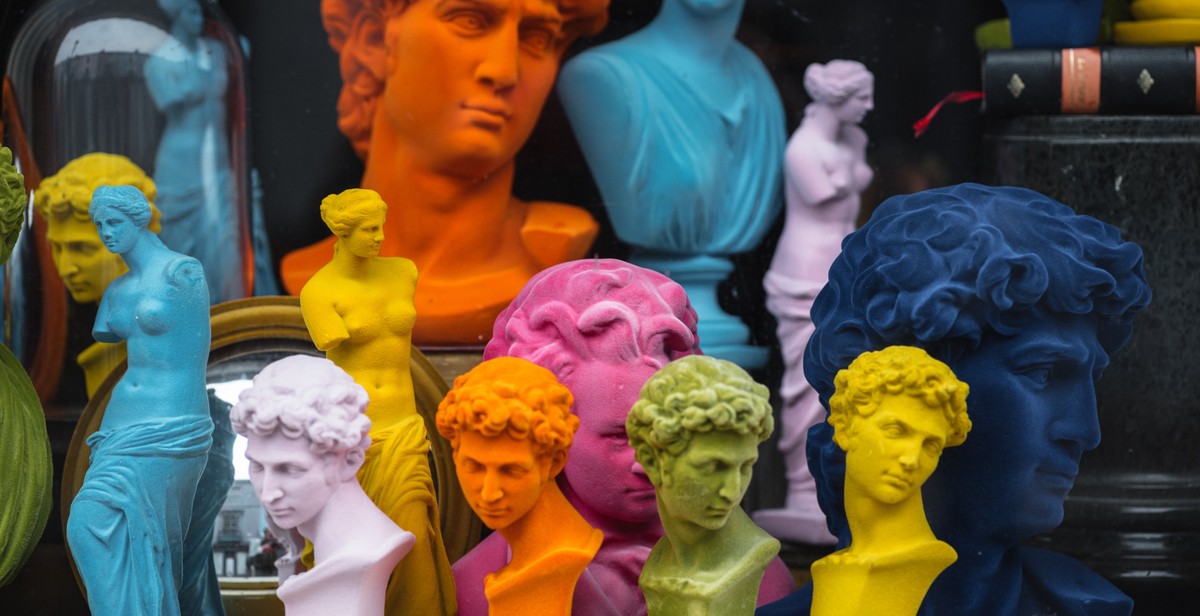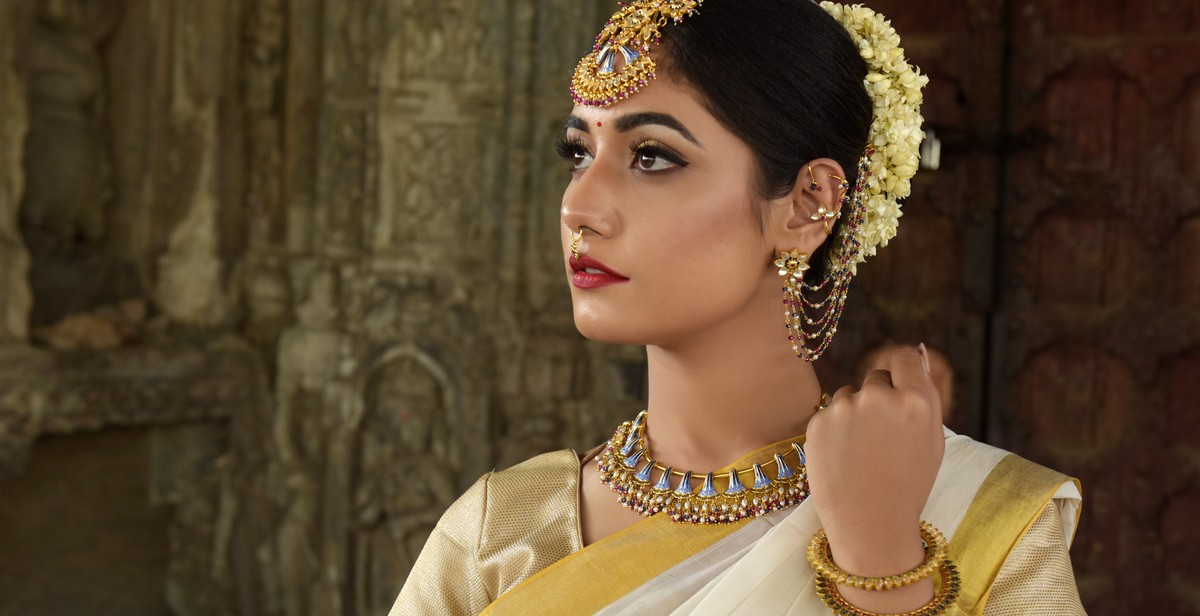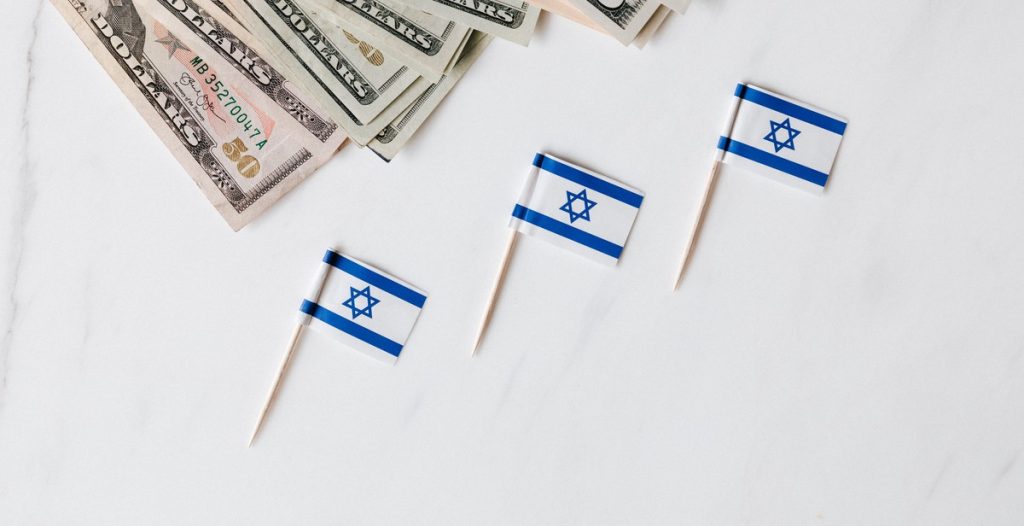The Cultural Significance of Jewelry in Different Countries
Jewelry has been an integral part of human culture for centuries, with each country having its unique style and cultural significance. It is a form of self-expression, a symbol of status, and a way to showcase one’s personality. From ancient times to modern-day, jewelry has played a significant role in various cultures and traditions, representing different meanings and values.
What is Jewelry?
Jewelry is any decorative item that is worn for personal adornment, such as necklaces, bracelets, earrings, and rings. It is often made of precious metals, gemstones, and other materials that add to its beauty and value. Jewelry can be worn for various reasons, such as for fashion, cultural or religious purposes, and even for protection or healing purposes.
Throughout history, jewelry has been used as a form of currency, a status symbol, and a way to mark significant events in one’s life, such as weddings or religious ceremonies. It has also been used to express one’s personality and sense of style, with each culture having its unique designs and meanings.
In this article, we will explore the cultural significance of jewelry in different countries, from the intricate designs of Indian jewelry to the symbolic meanings of African jewelry.

The Cultural Significance of Jewelry in Different Countries
Jewelry has been an integral part of human culture for thousands of years. It has been worn for various reasons, including self-expression, status symbol, religious or cultural beliefs, and even as a form of currency. In different countries, jewelry has different cultural significance and reflects the unique cultural values and traditions of those countries. In this article, we will explore the cultural significance of jewelry in different countries, including Egypt, India, China, Africa, Europe, and the Americas.
Jewelry in Egypt
Ancient Egyptians were known for their love of jewelry, and it played a significant role in their daily lives. Jewelry was not only worn for aesthetic purposes but also had religious and symbolic significance. The ancient Egyptians believed that jewelry had protective and magical powers, and it was often buried with the dead to accompany them to the afterlife.
Gold was the most precious metal in ancient Egypt, and it was used to create elaborate pieces of jewelry for the pharaohs and other members of the royal family. The use of precious stones, such as lapis lazuli and turquoise, was also common in Egyptian jewelry.
The most famous piece of ancient Egyptian jewelry is the funerary mask of Tutankhamun, which was adorned with gold, precious stones, and glass. The mask was meant to protect the pharaoh’s body in the afterlife and is now one of the most iconic artifacts of ancient Egypt.
Jewelry in India
Jewelry has been an essential part of Indian culture for centuries and is worn by both men and women. In India, jewelry is not just an accessory but a symbol of wealth, status, and spirituality.
The most popular type of Indian jewelry is the traditional gold jewelry, which is often passed down from generation to generation. Gold is considered a symbol of prosperity and is believed to bring good luck and fortune.
Jewelry also plays a significant role in Indian weddings, where the bride is adorned with intricate pieces of jewelry, including necklaces, earrings, bracelets, and anklets. Each piece of jewelry has a symbolic meaning and is meant to bring blessings and good fortune to the bride.
Jewelry in China
Jewelry has been an integral part of Chinese culture for thousands of years and is often worn as a symbol of wealth and status. In China, jade is considered the most precious stone and is believed to have healing properties.
Chinese women often wear elaborate pieces of jewelry, including necklaces, bracelets, and earrings, which are adorned with jade, pearls, and other precious stones. The jewelry is often passed down from generation to generation and is considered a family heirloom.
In Chinese culture, the color of the jewelry is also significant. Red is considered a lucky color and is often used in Chinese wedding jewelry, while black is associated with death and is avoided.
Jewelry in Africa
Jewelry has been an essential part of African culture for centuries and is often used to express social, religious, and cultural identity. African jewelry is often made from natural materials such as beads, shells, and animal bones.
The Maasai tribe in Kenya and Tanzania is known for its intricate beadwork, which is often used to create necklaces, bracelets, and earrings. The beadwork is not just a form of decoration but also a symbol of social status and identity.
In West Africa, gold is considered a symbol of wealth and is often used to create elaborate pieces of jewelry, including necklaces, bracelets, and earrings. The gold is often traded as a form of currency and is used to pay for goods and services.
Jewelry in Europe
Jewelry has been an essential part of European culture for centuries and is often worn as a symbol of wealth and status. In Europe, diamonds are considered the most precious stone and are often used to create elaborate pieces of jewelry.
The most famous European jewelry is the Crown Jewels, which are worn by the British monarch during coronation ceremonies. The Crown Jewels include the Imperial State Crown, which is adorned with over 3,000 diamonds, as well as other precious stones such as sapphires, rubies, and emeralds.
In Europe, jewelry is often used to commemorate special occasions such as weddings, anniversaries, and birthdays. The jewelry is often engraved with a special message or date and is meant to be treasured for years to come.
Jewelry in the Americas
Jewelry has been an essential part of Native American culture for centuries and

Conclusion
Throughout history, jewelry has been an integral part of different cultures around the world. From the ancient Egyptians to the modern-day fashion industry, jewelry has been used to express social status, religious beliefs, and personal style.
As we have seen, the cultural significance of jewelry varies from country to country. In India, jewelry is seen as a symbol of wealth and prosperity, while in Africa, it is used to communicate social status and tribal affiliation. In Japan, jewelry is often worn as a form of self-expression and to enhance the beauty of the wearer.
Regardless of the cultural context, jewelry has always held a special place in people’s lives. It is a way to express oneself, to commemorate a special occasion, or to simply feel beautiful.
As the world becomes more interconnected, we are seeing a blending of cultures and styles. This has led to new and innovative uses of jewelry, as well as the preservation of traditional techniques and designs.
The Future of Jewelry
As we look to the future, it is clear that jewelry will continue to play an important role in our lives. With advances in technology and design, we can expect to see new and exciting ways to wear and create jewelry.
However, it is important to remember the cultural significance of jewelry and to respect the traditions and beliefs of different cultures. By doing so, we can continue to appreciate the beauty and meaning behind this timeless art form.
Sources
- https://www.nationalgeographic.com/culture/2019/12/jewelry-world-cultures/
- https://www.thesprucecrafts.com/cultural-significance-of-jewelry-4122903
- https://www.huffpost.com/entry/the-cultural-significance-of-jewelry_b_58a2d4c4e4b0e172783aa2f0

